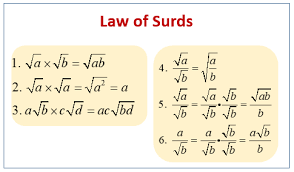An adverb is a word used to describe an action. Take a look at the animals below?
Can you describe how they are moving? And how they compare with the others?

Well, the panda moves slowly; the tortoise moves more slowly than the panda while the snail moves the most slowly.
There are three degrees of comparison in adverbs – the positive, comparative and superlative.
The positive is used to describe an action, the comparative is used to compare one action to another while the superlative form is used to compare one action to two or more actions.
Adverbs that end in –ly or have three or more syllables form their comparative by adding more and superlative by adding most.
| POSITIVE | COMPARATIVE | SUPERLATIVE |
| Sweetly | More sweetly | Most sweetly |
| Freely | More freely | Most freely |
| Angrily | More angrily | Most angrily |
| Heavily | More heavily | Most heavily |
| Gladly | More gladly | Most gladly |
| Quietly | More quietly | Most quietly |
| Brightly | More brightly | Most brightly |
For some single syllable adverbs, we add –er to form their comparative and –est to form their superlative form.
| POSITIVE | COMPARATIVE | SUPERLATIVE |
| Late | Later | Latest |
| Fast | Faster | Fastest |
| Long | Longer | Longest |
Some adverbs are irregular and form their comparative and superlative in a special way.
| POSITIVE | COMPARATIVE | SUPERLATIVE |
| Well | Better | Best |
| Badly | Worse | Worst |
| Much | More | Most |
| Little | Less | Least |
Now that you have learnt about the comparison of adverbs, let’s attempt a quick question.
Fill in the gap with the correct answer
My mother poured __ salt than she was asked to.
A. more
B. much
C. most
Type in your answer in the comment box below. Let’s see how many people can it right. Want to learn some more? Gradely CatchUp! has got you covered.
Share Post:
admin
Get our latest articles in your inbox. Sign up for email alerts.




The answer is more